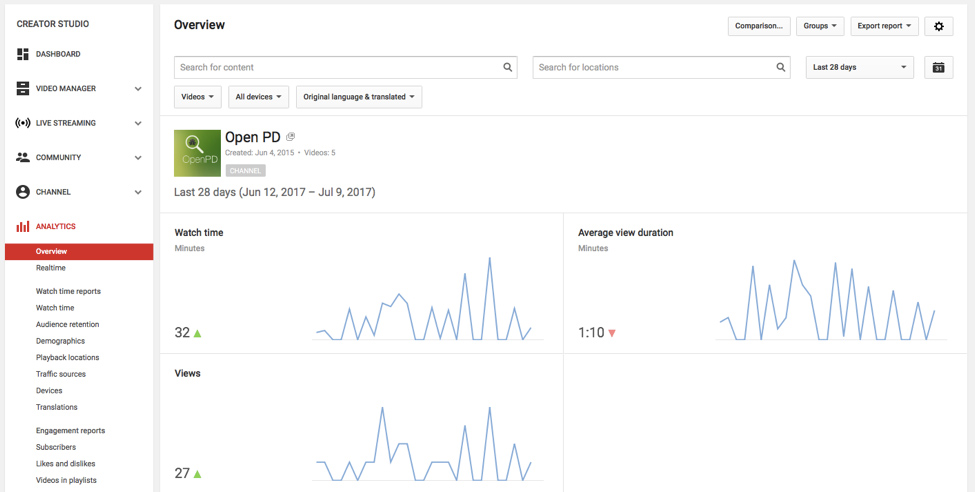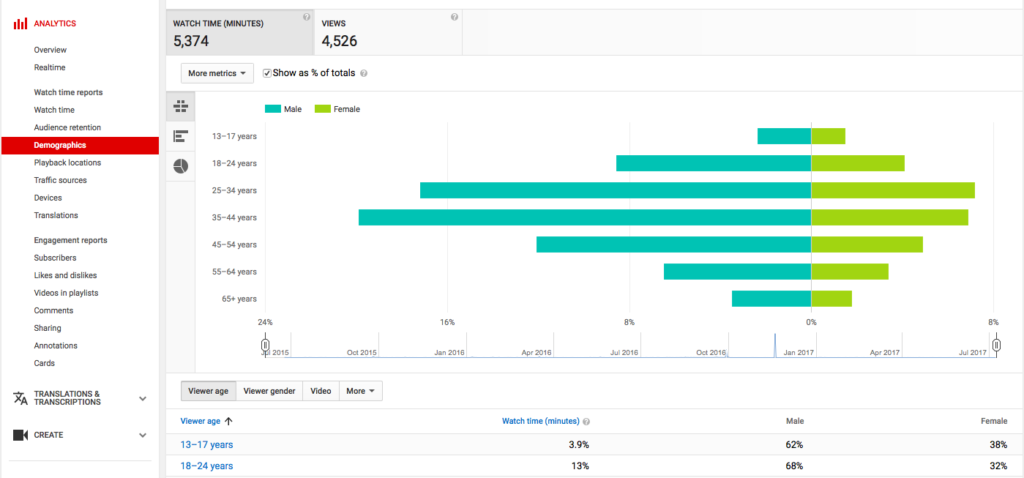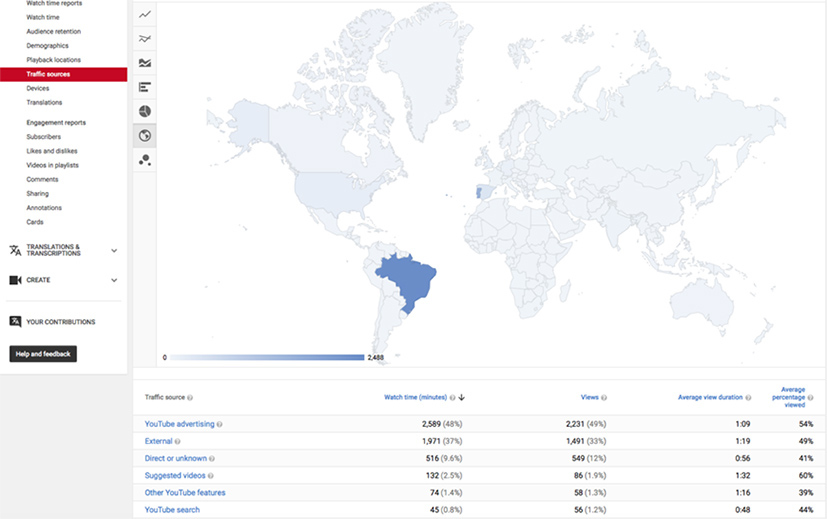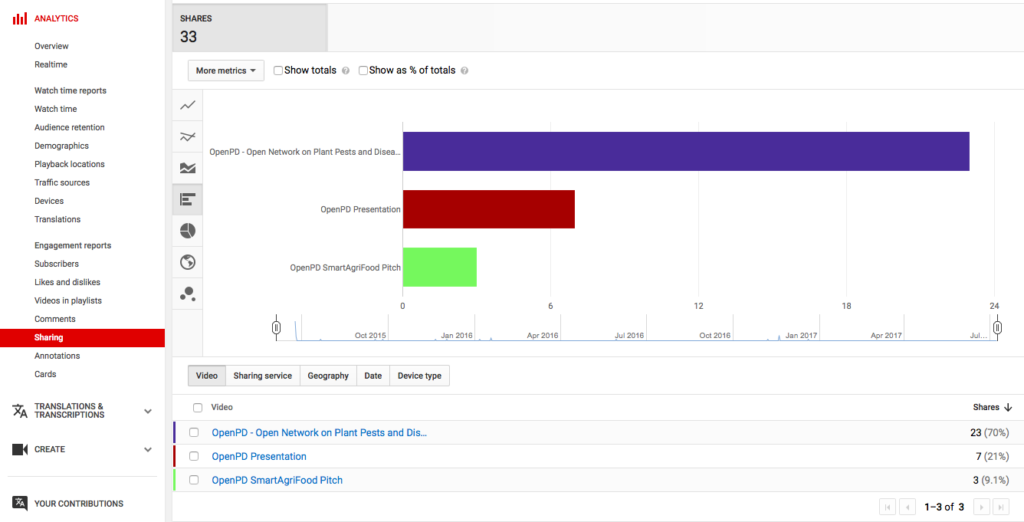3 min to read
Video content has been on the radar of content marketers for several years now. And, as many forecasted, it’s impact is reaching new heights in 2017. In fact, it’s estimated that in 2017, videos will represent 74% of all internet traffic, and 80% in 2019.
The Importance of a Video Content Strategy
Videos have revolutionized the way we consume content. And, with content being the centerpiece of inbound marketing, marketers have to build strategies that satisfy the preferences of their audiences. It is no coincidence that video is becoming the dominant form of content on the web. Marketers are already catching onto the trend that 60% of internet users are in favor of content in the form of video over text.
Video content more sensory, and therefore creates a greater impact. 80% of users claim to recall a video ad they’ve seen in the past 30 days, and 92% of mobile video viewers report to sharing videos with their friends and social networks. Additionally, 76.5% of marketers and small businesses that user video claim that is had a direct impact on their business.
Why Your Brand Needs to Be on YouTube
YouTube is much more than a game-changing, video uploading platform. It’s the number two search engine in the world. 17% of all internet traffic passes through YouTube. And, with nearly 1 billion monthly users, there is a fair share of competition.
Optimizing your YouTube channel means more than creating a viral video. There are a myriad of factors that contribute to indexing. Just like Google Analytics for your in your written content strategy, you should be using YouTube Analytics to guide your strategy and optimize your content.
Using YouTube Analytics
Find the Analytics Tab on your YouTube Account’s Creator Studio. In the overview you’ll see that, just like in Google Analytics, you can adjust the time frame, add comparison metrics, and even filter by devise type. 
From here, you can choose to view your reports in real time, or by “Watch Time” or “Engagement” categories. In your Watch Time Reports, you will find information related to Watch Time, your Audience Demographics, Geographic Locations, Traffic Sources, and Device Types. The centerpiece to a successful content marketing strategy is understanding your audience. These reports offer critical information to help you gauge whether your content is reaching your target the way you’ve intended.

YouTube Analytics allows you to see which locations viewers are coming from, and your main traffic sources. By understanding where your viewers are coming from, you can find better ways to reach them, and even identify new audiences to target.

In Engagement Reports, you can break down the performance of each video based on engagement metrics. This is critical for understanding which pieces of content are resonating the most with your audience, and identifying themes between these pieces of content.

These engagement metrics are amongst your most important Key Performance Indicators (KPIs). The more data you gather on them, the more trends you can identify between types of content and levels of engagement. With this information, can tailor your content to your audience’s preference and optimize your ranking on YouTube.
Optimizing Your Video Content
Since YouTube is a search engine, you have to take into account SEO practices in your content strategy. The reason engagement metrics are your most noteworthy KPI’s is because they have proven to show the strongest correlation with index position.
For example, there is a strong negative correlation between the number of comments and position. Meaning, the more comments, the closer to the first position your video is likely to be. Strong negative correlations like these also occur between: video likes, video shares, and video views.
Channel subscriber size, on the other hand, does not show such a strong correlation with ranking. This suggests that even small channels with few subscribers have the same opportunity to rank.
Additionally, longer videos typically rank higher than shorter videos. The average length of a video on the first page of the YouTube SERP is 14 minutes, 50 seconds.
Incorporating This Data Into Your Video Content Strategy
Your YouTube videos don’t just have to stay on YouTube. There are a number of places where you can seamlessly integrate your videos to extend the reach and engage more audiences, including your blog and social platforms. Take Facebook’s new Cover Video Feature for an example.
And while video is becoming a prominent form of content marketing, it still has a long way to go.
Add comment ×